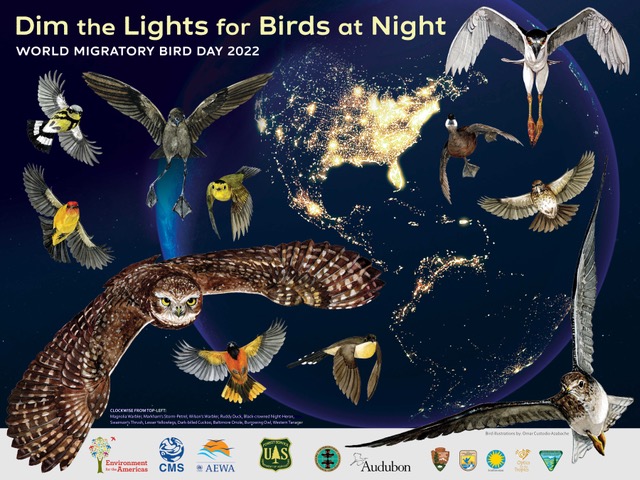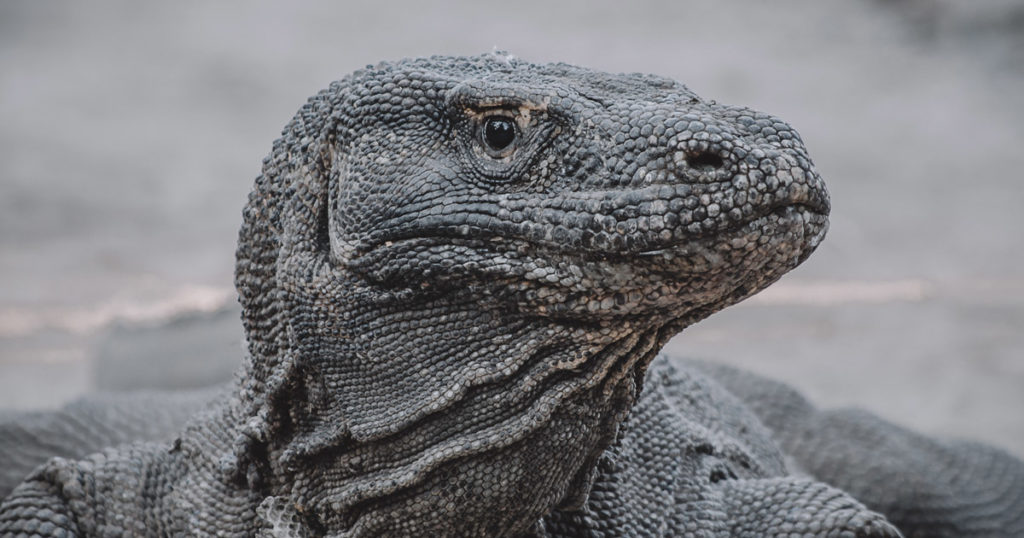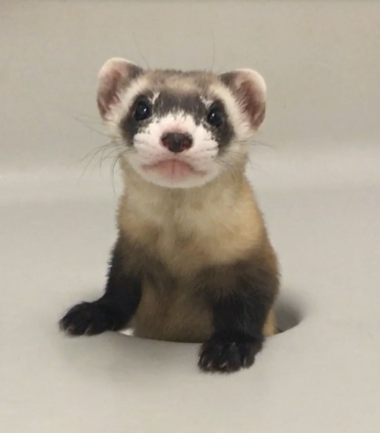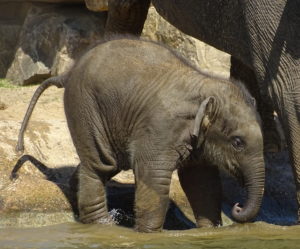Although it is easy to get swept up in the dark year that was 2020, one advantage of overwhelming darkness is it makes it easier to find the bright spots, the beacons of hope, the people working to make the world a better place. One of these bright spots was the launch of Wild Genomes, a new biobanking and genome sequencing program through Revive & Restore.
Back in 2018, the Catalyst Science Fund was established by Revive & Restore with a 3-year pledge from Promega for $1 million annually. The purpose of the fund is to help support proof-of-concept projects and to advance the development of new biotechnology tools to address some of the most challenging and urgent problems in conservation that currently lack viable solutions, including genetic bottlenecks, invasive species, climate change and wildlife diseases.
Through this fund, the Wild Genomes program was launched, with the goal of getting sequencing and biobanking tools into the hands of people working to protect biodiversity right now, and to help support them in applying genomic technologies towards their wildlife conservation efforts.
In their first request for proposals , the competitive Wild Genomes program received over 58 applications from researchers in 19 different countries, all of which aimed to address various species conservation issues using applied genomic technologies. The second round of projects, to be announced this Spring, will focus solely on marine species. Take a look at these first 11 amazing projects that have been awarded funding and the species conservation challenges they are taking on below:
Continue reading “The Wild Genomes Program: Optimizing Conservation Outcomes Using Genomics” Like this:
Like Loading...





